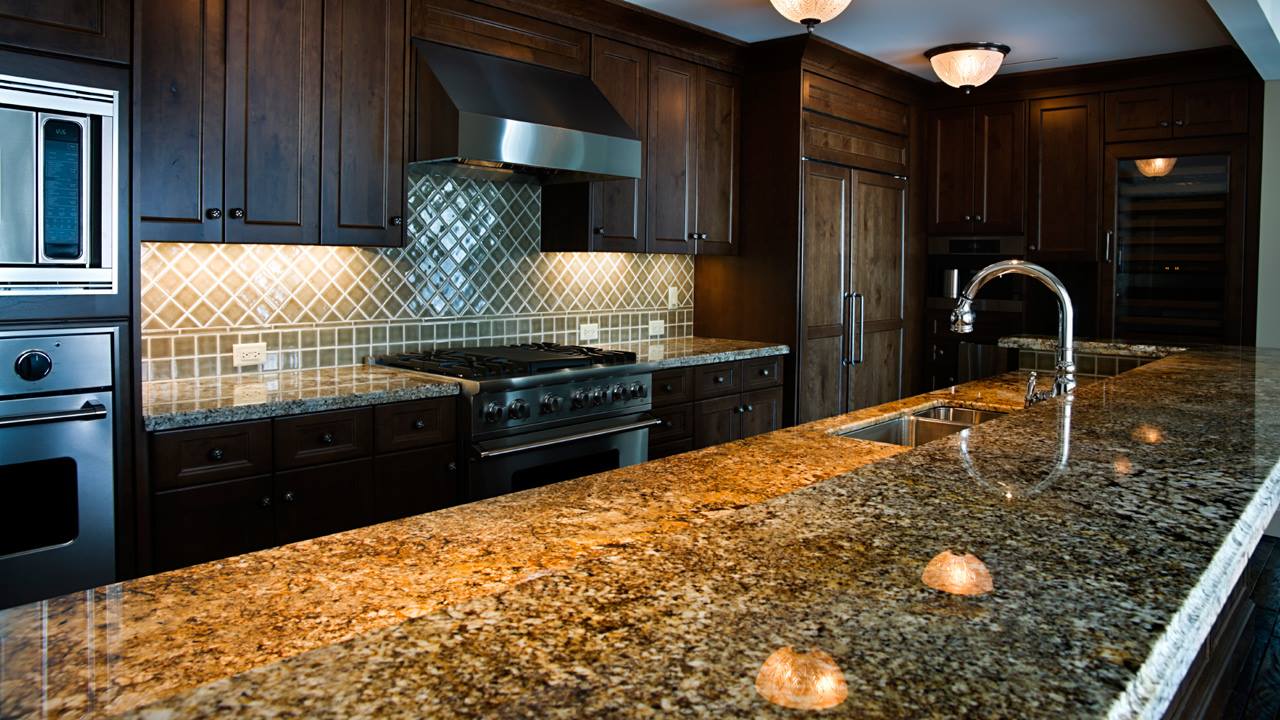
A human-made surface, quartz is made up of 10% epoxy (sealer/resin adhesive) and 90% quartzite. The crushed quartzite is crushed and mixed into a smooth pattern that can imitate the more static varieties of granite. These are then formed into a slab. Quartz kitchen countertops feature the look of natural stone but without the consistent need for maintenance.
The reason quartz kitchen countertops are so durable is that quartz is one of the hardest minerals on the planet. A wide variety of colors are available for quartz kitchen countertops, including black, brown, and earthy creams that sparkles and contains remarkable veining patterns. The slabs of quartz are usually created (engineered) in geological labs. In this write-up, we shall focus on the pros and cons of quartz kitchen countertops.
Why quartz can be considered better than granite
The main ingredient in quartz countertop slabs is quartz, which makes up roughly 94% of the pieces. The quartz is combined with polyester resin to bind it together. Color pigments are also added to enhance the finish of the quartz slabs. In some cases, metallic particles and even recycled glass are added to the mixture to give it a lustrous finish and aesthetic. The resin also works to make the quartz kitchen countertops resistant to staining and scratching.
They’re also non-porous, meaning that it is not necessary to keep resealing quartz countertops. Numerous manufacturers create multi-hued slabs and incorporate many flecks. This random patterning makes quartz kitchen countertops some of the most beautiful around. Initially available with only a polished surface, it is now possible to get sandblasted, honed, or embossed finishes. This means that as a client, you can get matte limestone, glossy granite, and even textured slate finishes for your quartz kitchen countertops.
Quartz vs. marble kitchen countertops
Marble countertop finishes are the norm in almost all luxury and high-end homes. Marble is derived from natural raw marble that has been sliced, buffed, water blasted, and polished to create the smooth finish of slabs. Marble is more elegant than quartz because quartz is human-made. As for marble, each slab has to be picked by the customer individually. No two pieces of marble will match exactly.
Also, marble tends to become darker with time. The number one enemy for quartz is sunlight containing UV radiation, which yellows the polymers and resins. This means that you should always strive to protect a quartz kitchen countertop from sunlight.
In terms of installation, both quartz and marble kitchen countertops require professionals who can measure, secure, and level the slabs. The challenge in marble installation is seaming two plates together. Marble costs more, but quartz kitchen countertop installations are also expensive due to the complicated procedures involved.
Pros of quartz kitchen countertops
- The countertops are low-maintenance and need to be wiped with soapy water.
- Quartz countertops are design-friendly – you can get jumbo slabs or standard slabs of 120 by 60 inches.
- Quartz surfaces are anti-microbial – the resin and polymers make quartz non-porous, meaning that the bacteria which causes mold and mildew cannot enter the surface.
Cons
- Quartz requires protection from direct sunlight
- It is expensive compared to more straightforward DIY options such as laminate and concrete
- It is not suitable for extreme heat uses
Conclusion
Kitchen countertop designs can be obtained from a variety of materials, including quartz, marble, and granite. Quartz kitchen countertops are superbly easy to maintain but need to be protected from direct sunlight.

